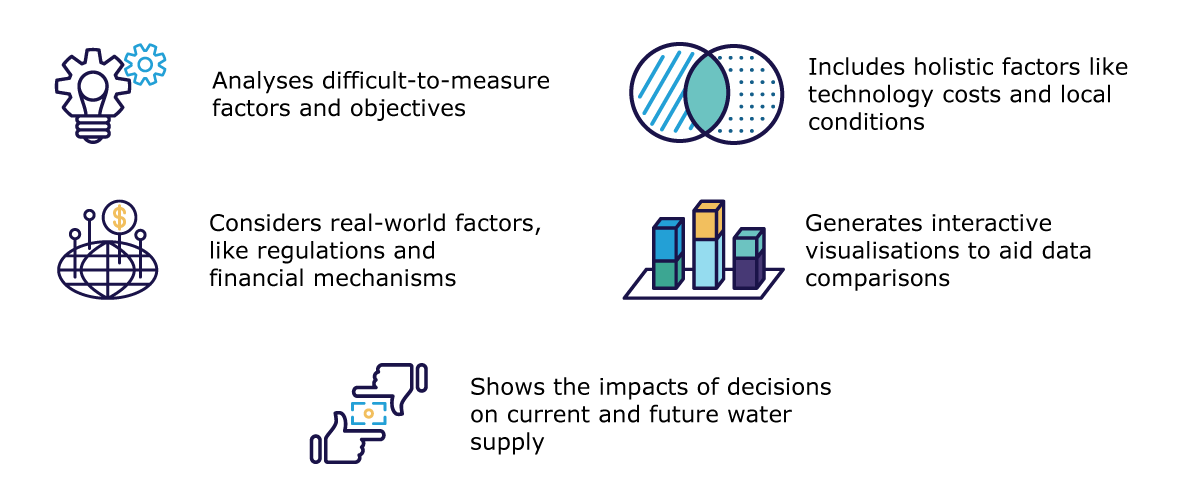Italy
Treating previously inaccessible water sources that have been contaminated by certain microorganisms and seawater
Challenge
Some freshwater sources can no longer be used
This can be due to contamination and the water source being too far away to rely on existing water treatment plants.
Overexploited and now abandoned wells in the Puglia region of Italy present this challenge. They have been contaminated with seawater and certain microorganisms, but are too remote to be treated by existing water treatment plants.
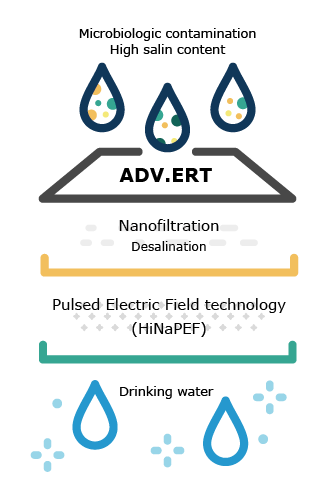
Project Ô has developed the ADV.ERT module to clean contaminated groundwater in a historic well, restoring this valuable resource
This module is designed to be moved around and can be installed easily in remote areas that are far from existing water treatment plants.
The module’s two technologies remove harmful bacteria and excess salt from the water. They also reduce potentially harmful levels of pesticides and pharmaceuticals that could be present in the water, making it clean and safe for essential human needs such as drinking and farming.
Project Ô has developed a Decision Analytic Platform (DAP) to assist in water planning activities
DAP is designed to aid management of water resources for local water management companies, like Acquedotto Pugliese (AQP) in the Puglia region.
It will follow a circular water economy approach by integrating water reuse technologies into existing practices. This will include assessing how to provide the most reliable water supply for users by considering current conditions.
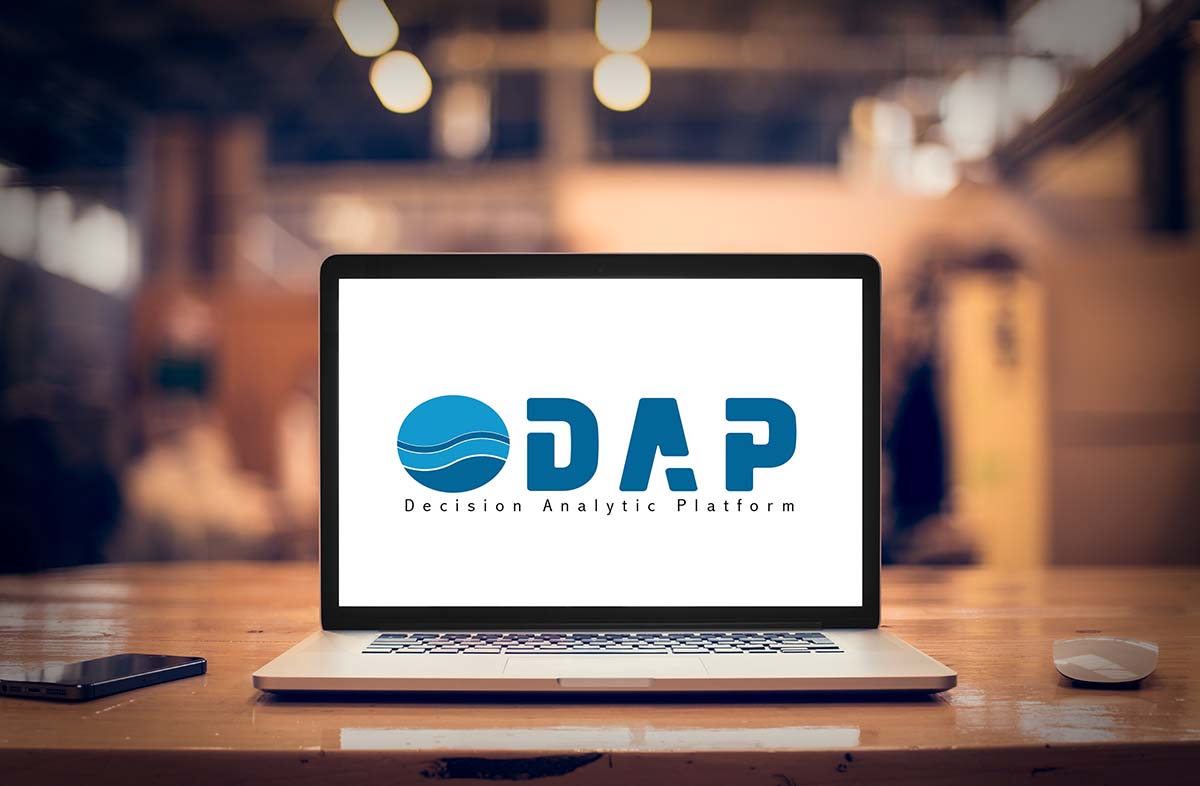

Background
In southern Italy, over 200 wells dotted across the countryside have helped to sustain the Puglia region for years
Over time, though, these wells have become contaminated with seawater and harmful bacteria, and they are located too far away to rely on existing water treatment plants.
As a result, the Puglia region has been forced to import freshwater from other locations to meet local needs. This is an unsustainable and costly short-term solution to a long-term challenge.
Historically, water use has been linear, with water extracted
from one area, used and then discharged elsewhere
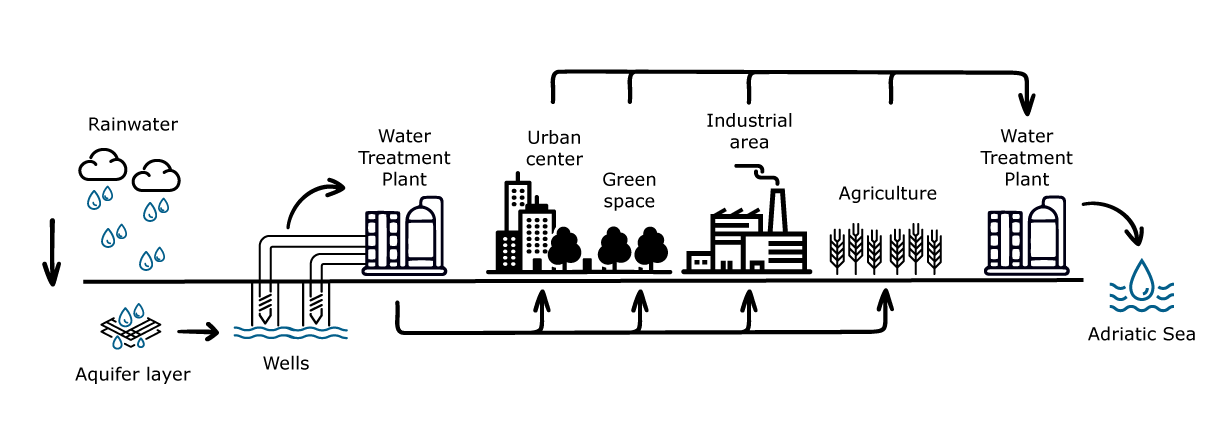
Project Ô has developed ADV.ERT technology to purify the water, making water from the well suitable for use again. Using DAP will allow decision-makers, like AQP, to consider the current and future sustainability of the local water supply.
Reuse and water efficiency are key priorities for the Puglia region. While having water from an alternative local source would reduce the pressure of demand on the local aqueduct.
Circular Water Economy
With Project Ô’s water treatment technologies, wells across the Puglia region can again be used as a sustainable source of freshwater, requiring less dependence on water from sources outside the region.
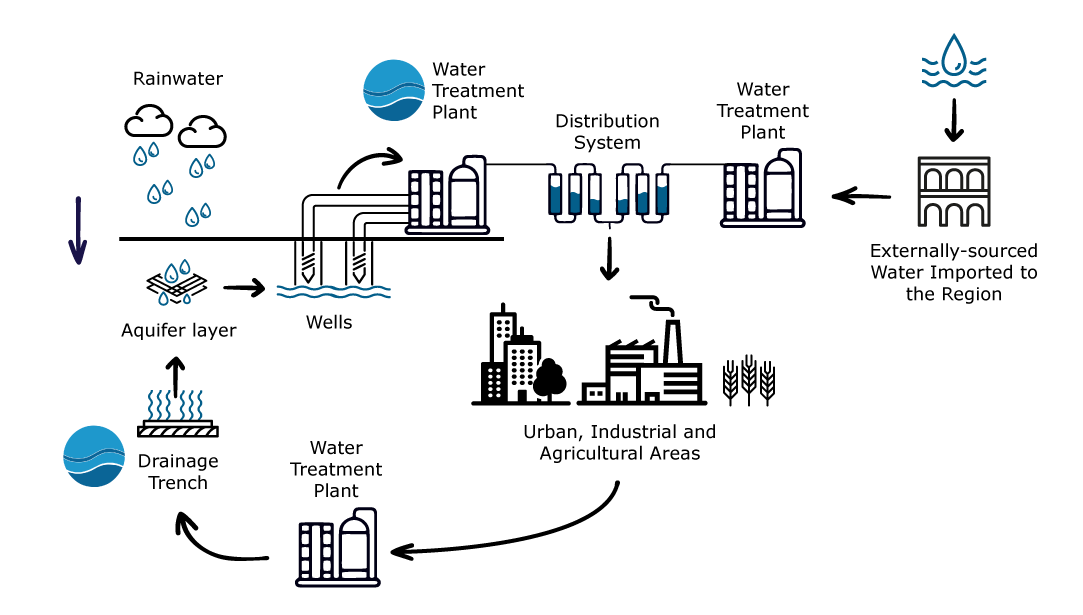
Project Ô technologies have helped close
the loop on water use in the Puglia region of Italy

And this leads to other benefits too...
Solution
ADV.ERT technology is an advanced, tertiary treatment, mobile plant
It has been designed to treat contaminated freshwater out of the reach of existing water treatment plants
The features of ADV.ERT technology include:
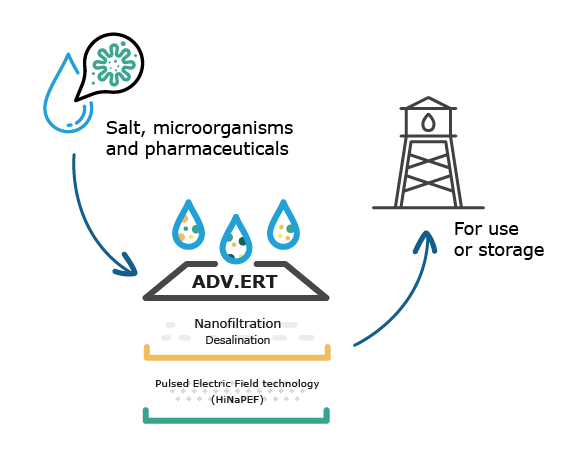
DAP is designed to aid water resource management
DAP will help decision-makers compare the effect of making particular decisions
